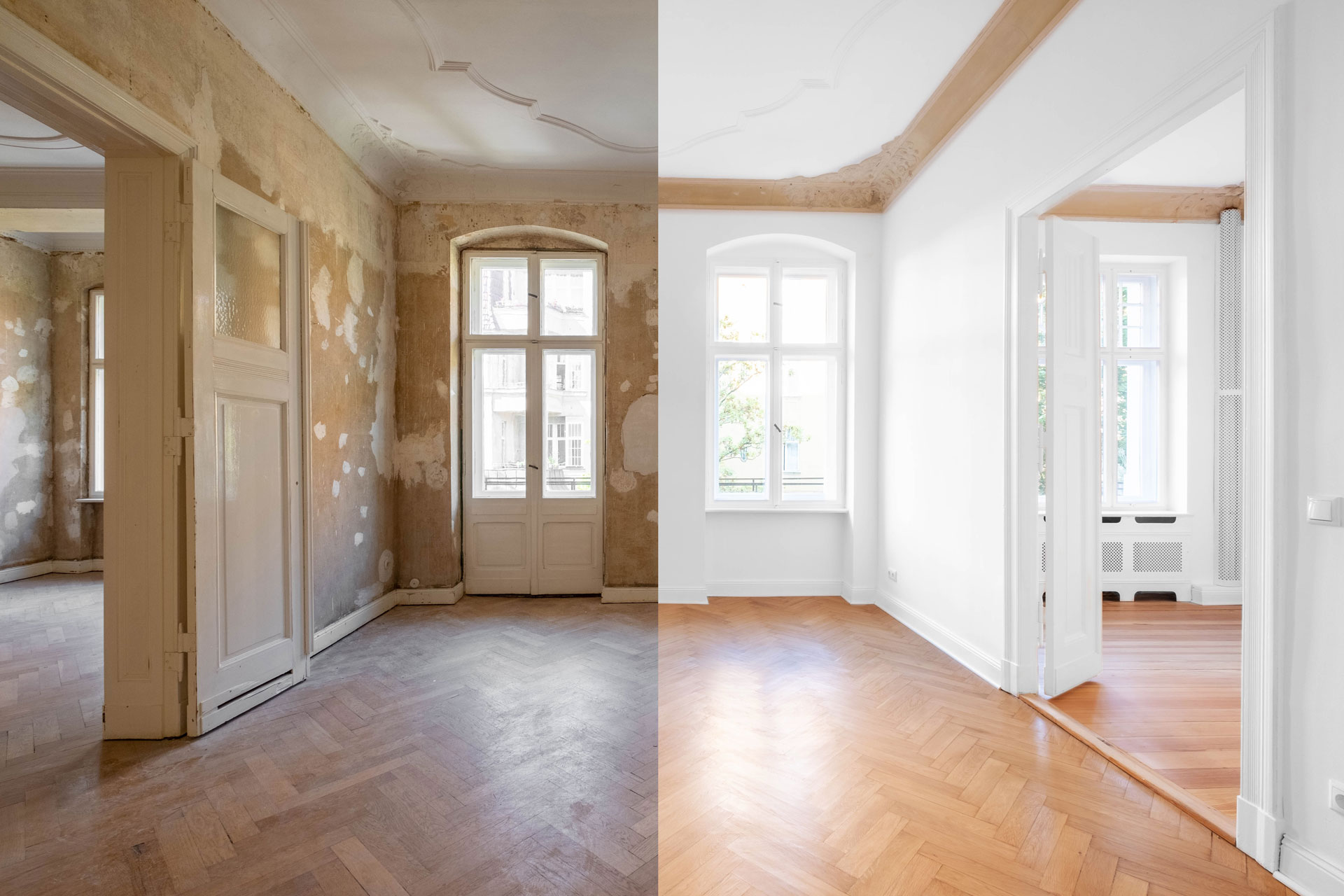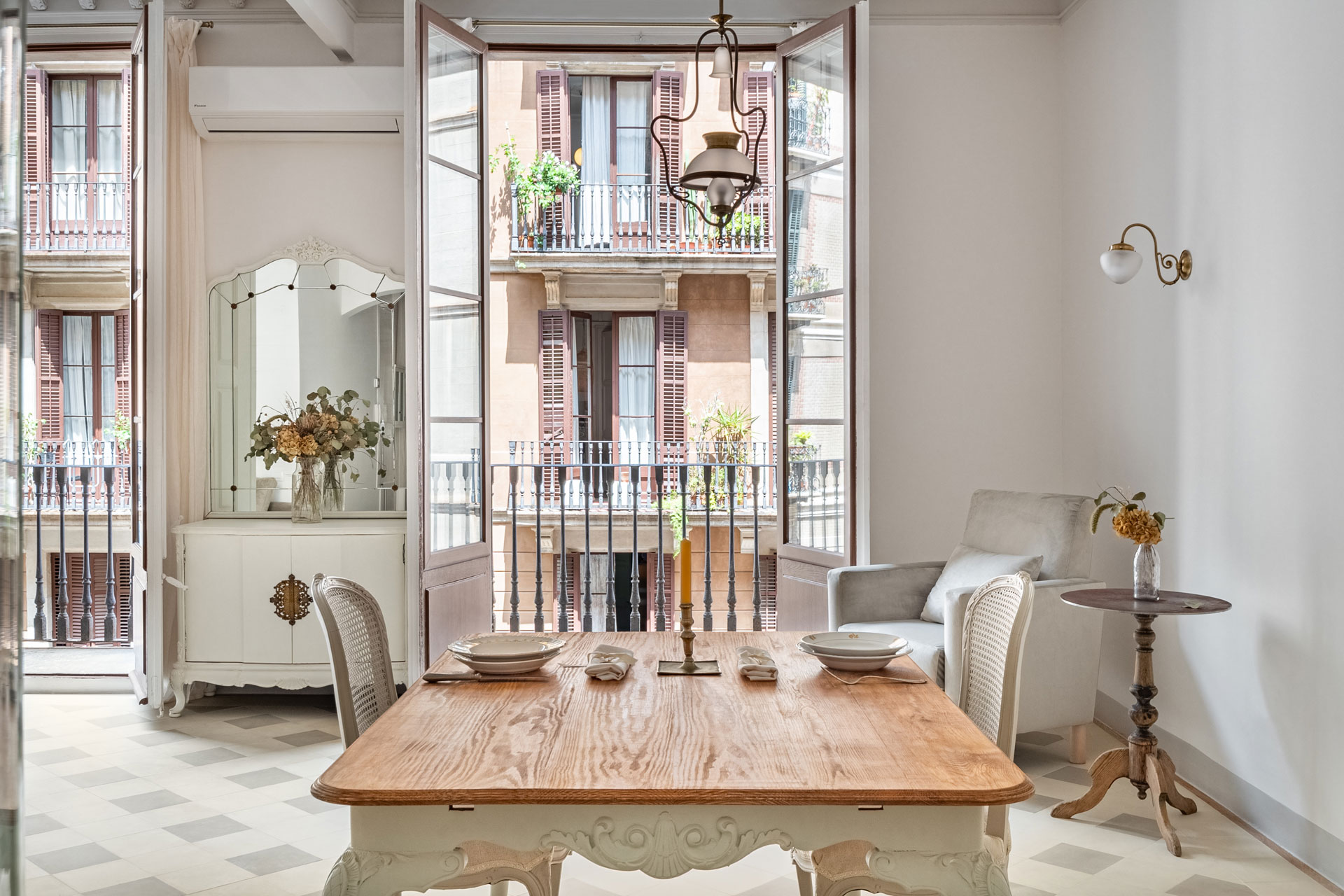For families moving to Valencia, few decisions feel as urgent—or as loaded—as choosing a school. Whether the relocation is driven by career, lifestyle, or a long-planned family project, the question usually arises early: where will the children go to school, and how complicated will school admissions be?
Valencia’s education system is both generous and layered. There are many options, but also nuances that aren’t obvious from the outside. And for families who aren’t familiar with the Spanish school structure, the learning curve can be steep—not necessarily because the process is overly bureaucratic, but because it follows a very specific local logic.
The first distinction families need to grasp is the types of schools available. Spain operates with a three-track system: public schools (colegios públicos), semi-private schools (concertados), and fully private institutions—including many international schools. Public and concertado schools are part of the state system. They follow the Spanish curriculum and are managed either entirely by the state (public) or jointly with private foundations (concertado). Private schools, by contrast, operate outside the public funding structure. Some follow Spanish standards, others offer British, American, French, Dutch, German, Norwegian, or mixed curricula. Each comes with its own approach to admissions, fees, and languages of instruction.
Admissions procedures vary accordingly. For public and concertado schools, the application window is once a year—usually between late April and June. Families submit preferences through a centralized regional platform. The system assigns places based on a points system, which takes into account factors like proximity to home, siblings already enrolled, and sometimes work location. If you arrive mid-year or outside of the official period, a spot may still be found, but you’ll have to rely on what’s available.
Private and international schools usually offer more flexibility. Many operate with rolling admissions, and some are open to mid-year entries, especially if you’re moving from abroad or switching systems. But demand is high—especially in areas like Rocafort, L’Eliana, and La Canyada—so the earlier you apply, the more choice you’ll have. Some schools also conduct interviews with the family or the child, particularly at secondary level.
Regardless of the school type, there are a few documents you’ll need to have in order. The most critical is the NIE (Número de Identificación de Extranjero), which serves as your legal ID in Spain. Without it, you may not be able to enroll in most schools. You’ll also need proof of empadronamiento—a certificate showing you’re registered as a resident in your local municipality. Add to that your child’s passport, vaccination records, school transcripts (translated, if needed), and in some cases a medical certificate or psychological report for special needs or learning accommodations.
The language question often looms large for relocating families. In public and concertado schools, instruction is in Spanish and Valenciano (the local co-official language). While many schools are flexible and supportive, especially with younger children, it’s not uncommon for newcomers to find the initial language barrier challenging. The good news is that children under the age of 8 often pick up Spanish—and Valenciano—remarkably fast. Older students might benefit more from bilingual or international schools, where English is the primary language and support for non-Spanish speakers is built into the curriculum.
That said, choosing a school is never just about language. It’s also about philosophy, expectations, and rhythm. Many families are surprised to learn that some schools in Valencia operate with a split day—morning classes, lunch at home or in the comedor (school canteen), then a return for afternoon sessions. Others run continuous schedules with extended after-school programs. Some emphasize academic rigor; others lean into creativity or social development. Parents used to structured communication through apps and regular updates might find Spanish schools more informal, while others welcome the autonomy and relaxed tone.
Transportation is another factor to consider. Unlike some countries where schooling is strictly local, in Valencia it’s not uncommon for families to commute 20–30 minutes each way to attend a preferred school. Private and international schools often provide bus services from key residential zones—including the city center. Public schools typically do not, although some offer subsidized transport in rural areas. Parking, traffic patterns, and school hours all come into play.
What also matters—and is too often overlooked—is what happens after the school bell rings. Families relocating to Valencia often want more than just academics. They want their children to make friends, learn the language, join a football team, attend dance class, or explore robotics and music. The good news is that most schools, especially private ones, offer extensive extracurricular options. Even public schools often have arrangements with local clubs or municipal programs that run on-site. But again, availability can vary, and it’s worth checking what’s included, what’s optional, and what’s outsourced to external providers.
Some families find the cultural transition to be smoother than expected. Others hit bumps: forms only in Spanish, communication through WhatsApp groups, a sense that information comes last minute. None of this is unusual. It’s not a sign of disorganization—it’s simply how many local systems operate. It’s useful to accept it early and build in a margin of flexibility.
It’s also worth remembering that not all schools will be the right fit. Sometimes families change schools after the first year once they’ve had a better look at the local ecosystem. That’s not a failure—it’s part of the adjustment process. Most important is to enter the process informed, patient, and ready to ask questions. Visiting schools in person is highly recommended, as is speaking directly with other parents in the area—whether through local expat groups or your relocation advisor.
In the end, school admission in Valencia isn’t about navigating a single obstacle. It’s about reading the landscape, aligning your values, and understanding what really matters to your family in the long term. Some prioritize cultural integration, others academic continuity, others still are looking for emotional stability after a big move. There is no universal best option—only what fits your family best.
At Livin’Valencia, we help families make sense of these choices—before, during, and after enrollment. Whether you’re moving for personal reasons, as part of a family relocation, an expat assignment, or a corporate relocation, we can help you navigate the system clearly and confidently. We don’t push you toward one school or another. We listen, assess, and match your needs with what’s realistically available. If you’d like help identifying the right fit for your child, gathering documents, preparing school visits, or simply understanding the difference between bilingual and trilingual education here—we’re ready to walk you through it.
Let’s talk. A one-to-one conversation can save you weeks of research and worry. We’re here to help make your family’s school journey in Valencia a smooth one—from the first inquiry to the first day of class.
For further insights, you may also want to explore:
- Living Near the Best International Schools in Valencia City
- Where to Live Near the Best International Schools in the surrounding areas of Valencia
- Top International Schools and Premium Areas on the Costa Blanca
Each article offers a deeper look at neighborhoods, school environments, and daily life — whether you’re planning to live in the heart of the city, the suburbs, or along the coast.




